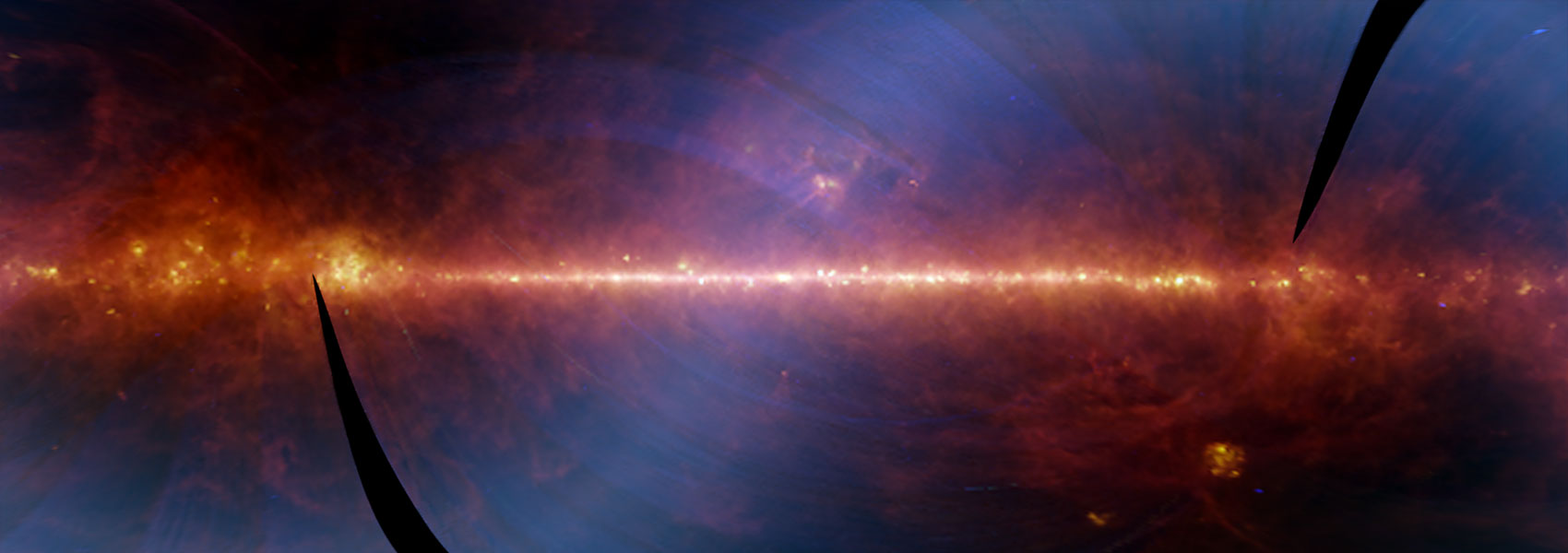March
2002
•
2002A&A...384..408M
Authors
•
Marcaide, J. M.
•
Pérez-Torres, M. A.
•
Ros, E.
•
Alberdi, A.
•
Diamond, P. J.
•
Guirado, J. C.
•
Lara, L.
•
Van Dyk, S. D.
•
Weiler, K. W.
Abstract
•
We observed SN 1979C in M100 on 4 June 1999, about twenty years after explosion, with a very sensitive four-antenna VLBI array at the wavelength of lambda 18 cm. The distance to M100 and the expansion velocities are such that the supernova cannot be fully resolved by our Earth-wide array. Model-dependent sizes for the source have been determined and compared with previous results. We conclude that the supernova shock was initially in free expansion for 6+/-2 yrs and then experienced a very strong deceleration. The onset of deceleration took place a few years before the abrupt trend change in the integrated radio flux density curves. We estimate the shocked swept-up mass to be M_sw ~ 1.6 Msun, assuming a standard density profile for the CSM. Such a swept-up mass for SN 1979C suggests a mass of the hydrogen-rich envelope ejected at explosion no larger than M_env ~ 0.9 Msun. If SN 1979C originated in a binary star, the low value of M_env suggests that the companion of the progenitor star stripped off most of the hydrogen-rich envelope mass of the presupernova star prior to the explosion.
Links



